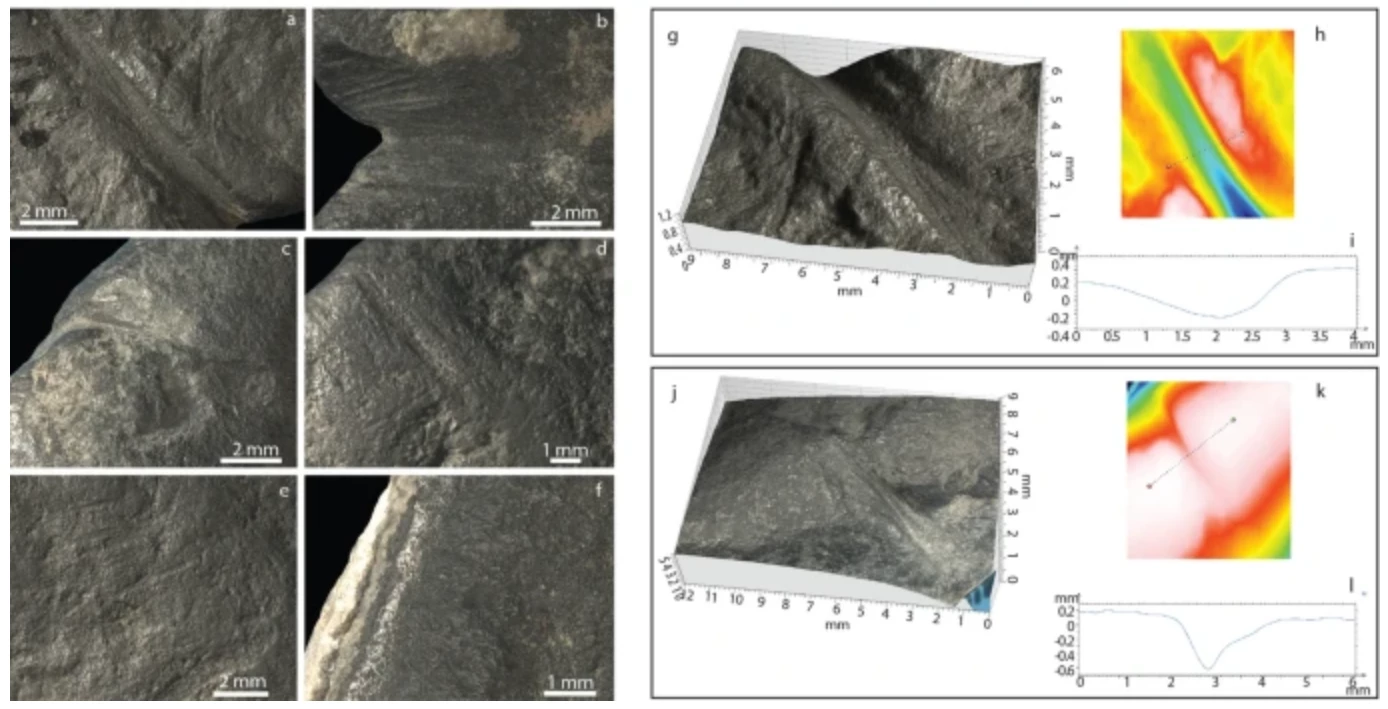Scientists are divided over whether there's a new "earliest known sexed anthropomorphic representation," in the form of a 4.3-cm (1.69-in) carved graphite pendant that University of Bordeaux archaeologists believe is supposed to be a penis.
If it is indeed a penis, it's not a very good one. Or somebody in the Upper Paleolithic really needed to see a doctor.
Now look, everyone's a critic, I get that. But I've also been the man in the arena when it comes to penile depictions, having not only produced hundreds of such works on the text books and test papers of my high school friends in the late 90s, but also having written and performed songs (link is NSFW, duh) about this particular corner of the art world.
These labors tend to go under-appreciated in modern life, if my own experience is anything to go by. The artists themselves often seem to find their work more enjoyable than the audience does, and thus numerous tricks and deceptions need to be employed to get the works seen.
It's unclear whether this dynamic extends back to the ancient world, but that could go some way toward explaining why our ancient Mongolian ancestors might've wanted to wear a carved phallus pendant around their necks.
Unearthed in 2016 at a site in the northern Khangai mountains, it was found alongside other precious decorative items and carbon-dated to between 42,400 and 41,900 years old, which would make it considerably older than the vulva pictures drawn on the walls of French caves about 32,000 years ago, or the well-known Venus of Hohle Fels carving from Germany, which dates to between 35,000 and 40,000 years ago.
But is it a penis?
Leading team "oh yeah, that's totally a penis" is archaeologist Solange Rigaud, from the University of Bordeaux, who has written a 5,000-word treatise on the topic, under the catchy title Symbolic innovation at the onset of the Upper Paleolithic in Eurasia shown by the personal ornaments from Tolbor-21 (Mongolia), in the latest issue of Nature Scientific Reports.

Rigaud makes her case in the study: "Keeping in mind the small size of the object, the most salient features shared by the T21 pendant and other objects of this category are a short groove depicting the external urethral meatus and another groove for the neck ... Long, cylindrical items with a groove for the neck and sometimes an incision for the meatus are unproblematically accepted as phallic representations in other archaeological contexts."
She goes on to list a number of other pebble carvings that science has accepted unequivocally as definitely being penises, before pointing out that, "the sample of the 3D phallic representations available in the literature shows the same exaggeration of key anatomical traits that obviously evoke a phallus. Although it is difficult entirely to rule out other possibilities, based on these morphological analogies the most compelling interpretation of the T21 pendant is a simplified phallic representation."
"When you want to represent something abstractly," she continues as quoted in Science, "you will choose very specific features that really characterize what you want to represent." In other words, if it's got a clearly defined glans and a urethra, then in her book, it's a penis.
Boston University archaeologist Curtis Runnels, however, thinks Rigaud is seeing what she wants to see in this artifact, "like a face in a cloud." Runnels "would need to be convinced" that this "small and rather shapeless object" was ever meant to be a penis, so he's perhaps hoping Rigaud goes and finds something larger and more shapely before he's impressed.
One of Rigaud's archaeological colleagues at Bordeaux, Francesco D'Errico, who shares a lab with several of the authors on this controversial study, has stepped up in support of the penile hypothesis. “The small size of the object, the exotic provenance of the raw material, and the … modifications are quite telling,” he says. “I think the interpretation holds.”
If you want my personal opinion – and I feel certain you do if you've made it this far – well, look. I've saved the most compelling evidence for last. And from this angle it's dollars to donuts.

Why exactly has Rigaud dedicated so much of her time to this? Well, she says, if it is indeed a penis, then it's "important because it highlights very specific cognitive capacities in our lineage," such as the ability to attach meaning to symbolic representations.
We'll leave this debate to rage on, but one thing does seem certain: nobody 42,000 years in the future is going to write 5,000 words about any of the ones I drew, so the ancient Mongolian knobsmith that made this thing can rest in peace, knowing that his work made a difference.
The paper is open access in the journal Nature Scientific Reports.
Source: Science





